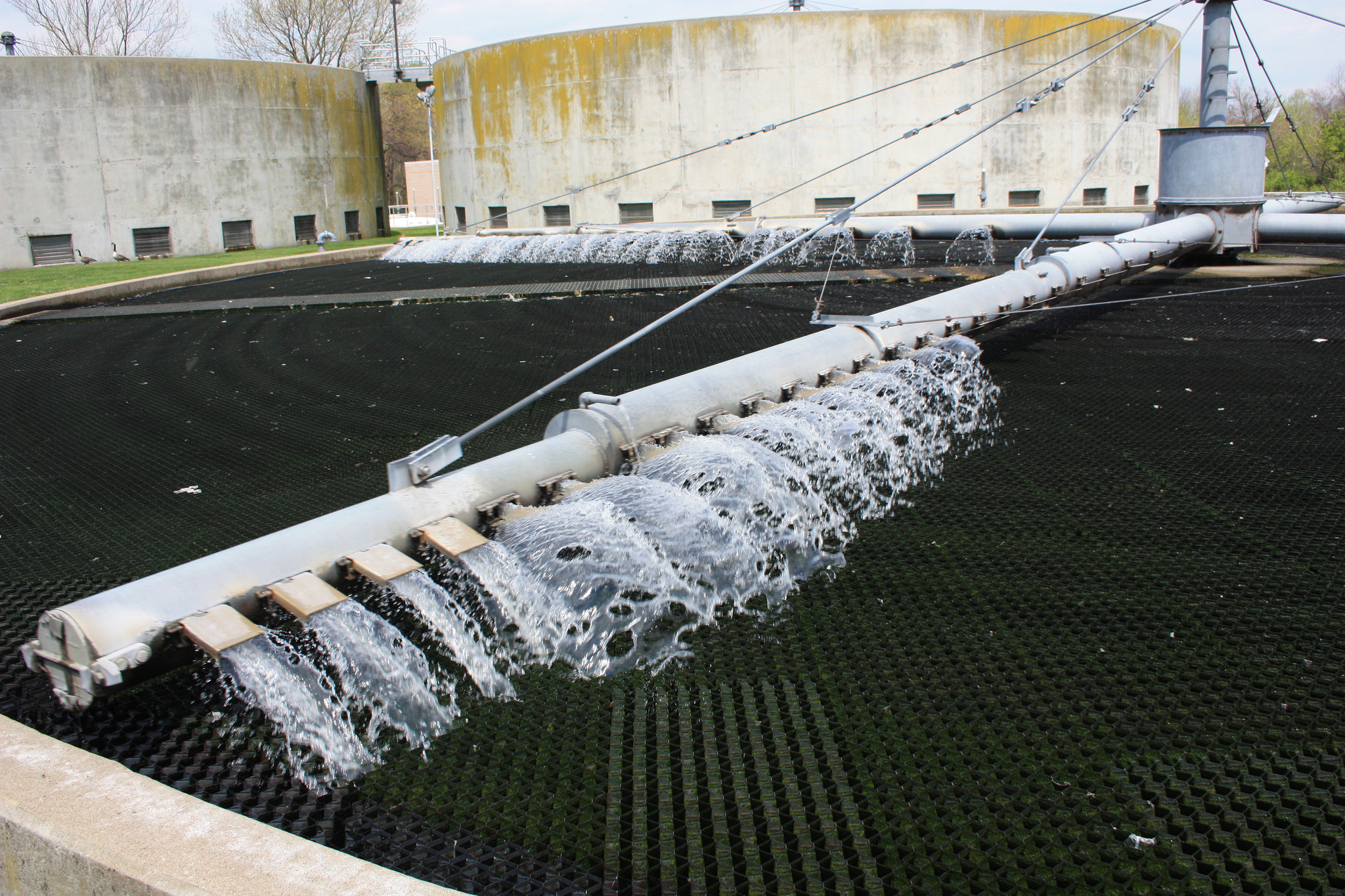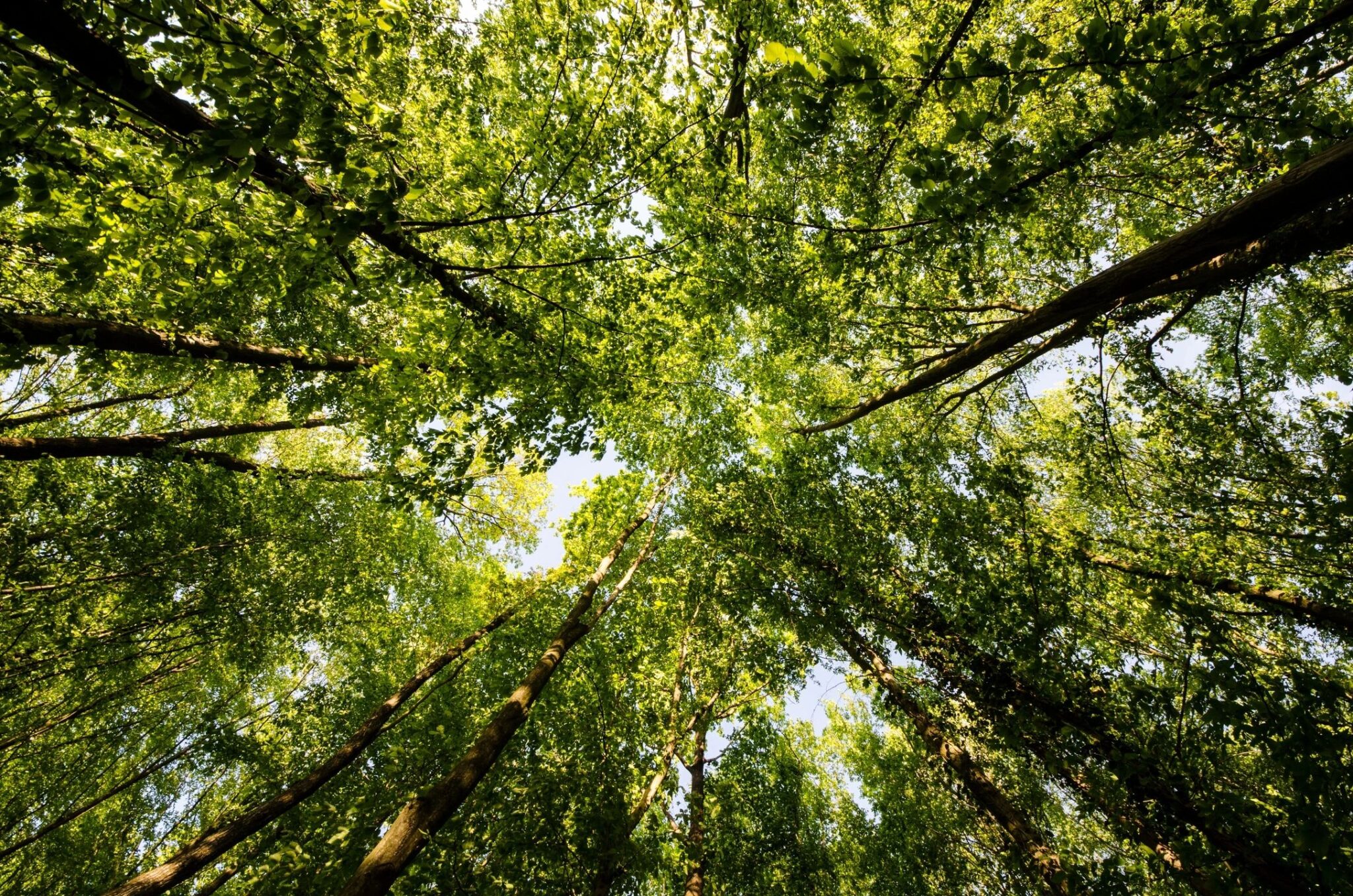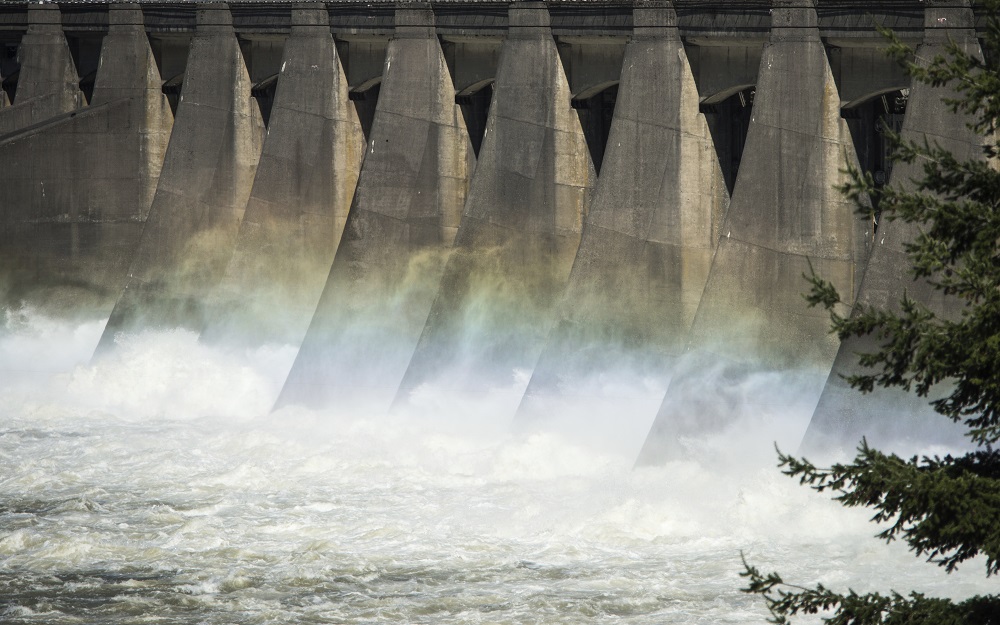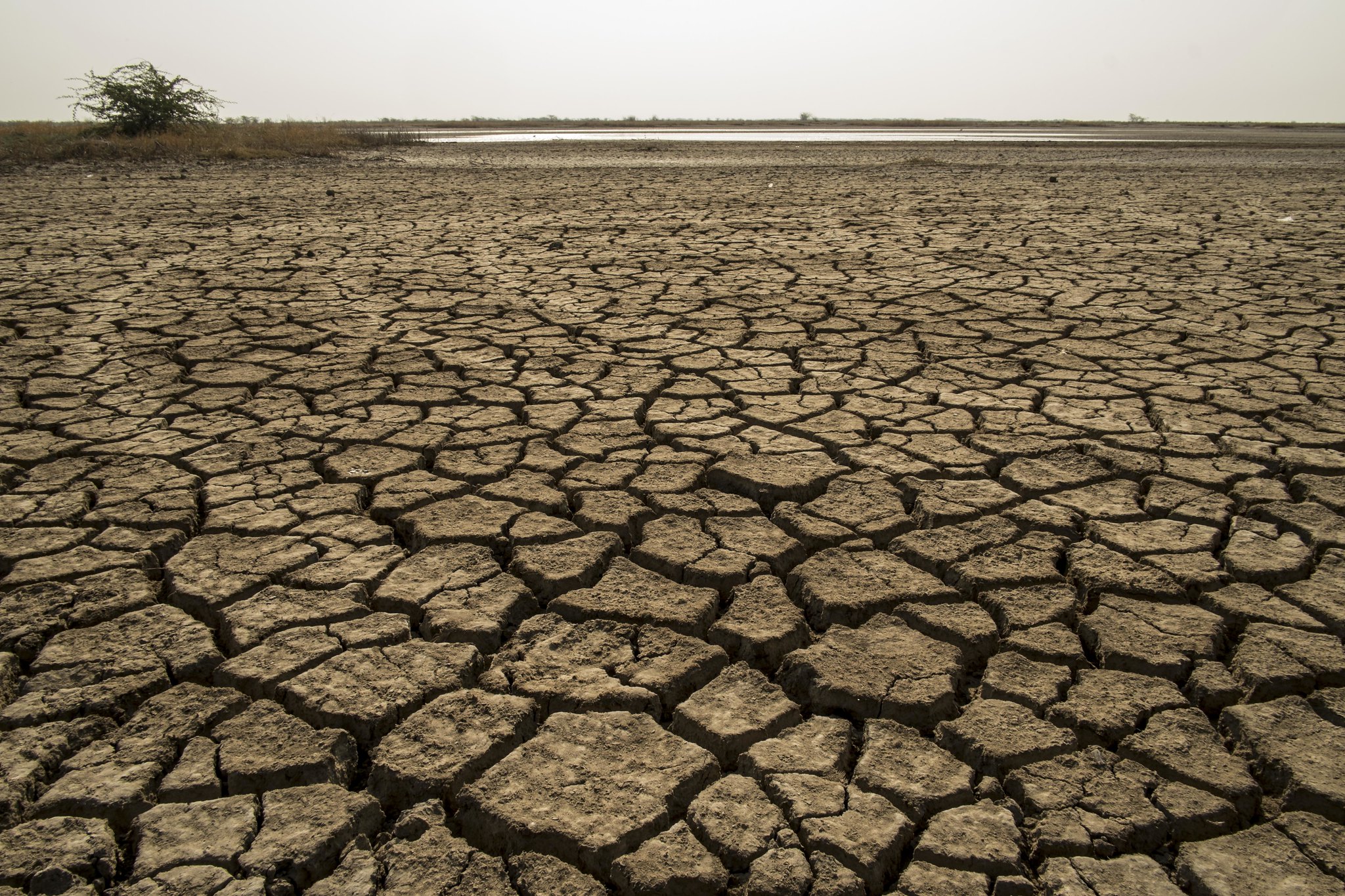Wastewater is a health threat in communities worldwide and researchers constantly seek treatment solutions to improve the health of individuals and communities.
Wastewater represents a serious risk to human health in both developing and developed countries. Through industrial, commercial, agricultural, and domestic activities, affected sources of water cause illness, disease, and even death. One particular case study serves as an example of these dangers.
The Adyar River in Chennai, India, once supported the area’s economy and culture. With the introduction of untreated wastewater, the river soon became an active landfill, inundated with debris and refuse, with a thick consistency that no longer allowed for safe interaction (Hariram, 2017). In 2012, a citizen-driven petition persuaded the Tamil Nadu government to address the issue, leading to a large-scale restoration plan to reduce pollution in the Adyar River. With the program currently in its third phase, rehabilitation continues, and the project has seen considerable success. We’ll examine the details of that project and explore other solutions that promise to advance wastewater treatment and prevent issues like those in Chennai.
Restoration efforts in Chennai
Restoration in Chennai began with the construction of over 300 sewage treatment plants. The government’s investment in this infrastructure ensured fewer instances of pollution, laying the foundation for future progress. These treatment plants would function as a preventive measure rather than as reactive damage control. Phase two involved eco-restoration, planting mangroves along the estuary stretch of the river. The third phase, presently underway, entails continued ecological restoration with the desilting of riverbeds. This model of nature-based solutions and gray infrastructure has applications in other affected areas around the world.
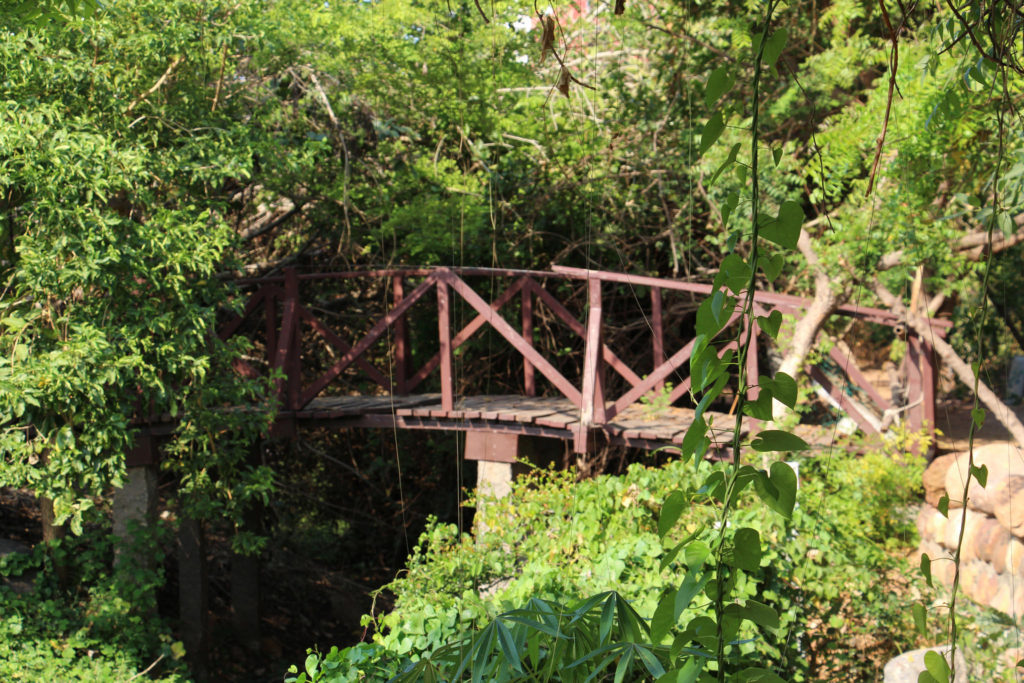
Projects like those in Chennai will prove important to replicate, as up to 80 percent of wastewater enters waterways untreated. In disadvantaged countries where sanitation and hygiene are challenging to maintain, local governments can study the Adyar River and use it as a framework to structure their own programs. The restoration project in Chennai is only one example of modern wastewater treatment. Beyond its model, other solutions have just as much potential.
Did you know that smartphone touchscreens can now detect contaminants in water samples?
Innovative solutions for wastewater treatment
Various methods of environmental remediation have proven effective in the treatment of wastewater. One of these methods is bioremediation, which includes the use of microorganisms or other forms of life to eliminate environmental pollutants and detoxify an affected area. Multiple approaches to bioremediation exist. Phytoremediation is a type of bioremediation that uses plant life; this is often proposed to counter the bioaccumulation of metals (Phillips, 2019).
Beyond bioremediation, other kinds of environmental remediation have been applied in wastewater treatment. Nanoremediation is another strategy with considerable promise. This is a comparatively new technology that uses nano-sized particles for the remediation of polluted water and soil. The implementation of zero-valent iron has successfully treated acidic water carrying heavy-metal pollutants, with the ability to neutralize and immobilize contaminants (Das, 2018).
Reverse osmosis is also a reliable solution for producing drinking water during natural disasters such as floods. The process begins when water from an outside source meets a semipermeable reverse osmosis membrane, filtering out the contaminants. The reject stream removes dissolved solids while permeating water passes through the other side of the membrane, safe for consumption (Herold, 2018).
RELATED: IS RAINWATER SAFE TO DRINK?
A secure environment for future generations
Wastewater represents a serious risk to human health, but the dedication of researchers and scientists has given way to innovative solutions. The large-scale restoration project in Chennai is only one example of their ingenuity, integrating nature to impressive effect. Bioremediation, nanoremediation, and reverse osmosis are no less deserving of attention, each with its own distinct advantages. As we move toward the future, wastewater will continue to pose problems in countries around the world. Even so, we possess technologies to address them, with the means to create a secure environment for generations to come.
References
Das, P. K. (2018). Phytoremediation and nanoremediation: Emerging techniques for treatment of acid mine drainage water. Defence Life Science Journal, 3(2), 190. doi:10.14429/dlsj.3.11346
Hariram, P. (2017). A defining moment for the future of wastewater? Retrieved February 13, 2019, from http://www.iwa-network.org/a-defining-moment-for-the-future-of-wastewater/
Herold, N. (2018). Water purification and disaster preparedness. Retrieved from https://www.meco.com/water-purification-disaster-preparedness/
Phillips, T. (2019). Bioremediation: Using living organisms to clean the environment. Retrieved from https://www.thebalance.com/cleaning-the-environment-through-bioremediation-375586
Featured image: Trout Run Sewage Treatment Plant in Montgomery County, Pennsylvania, via Flickr.

